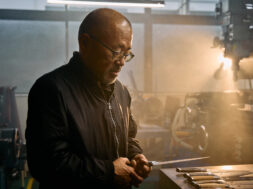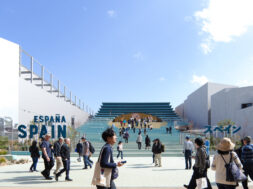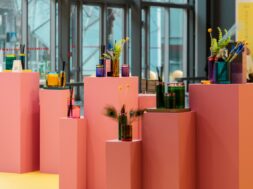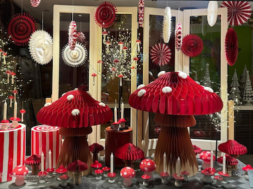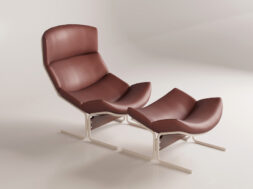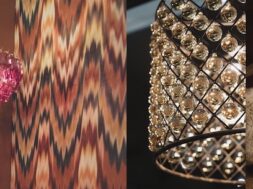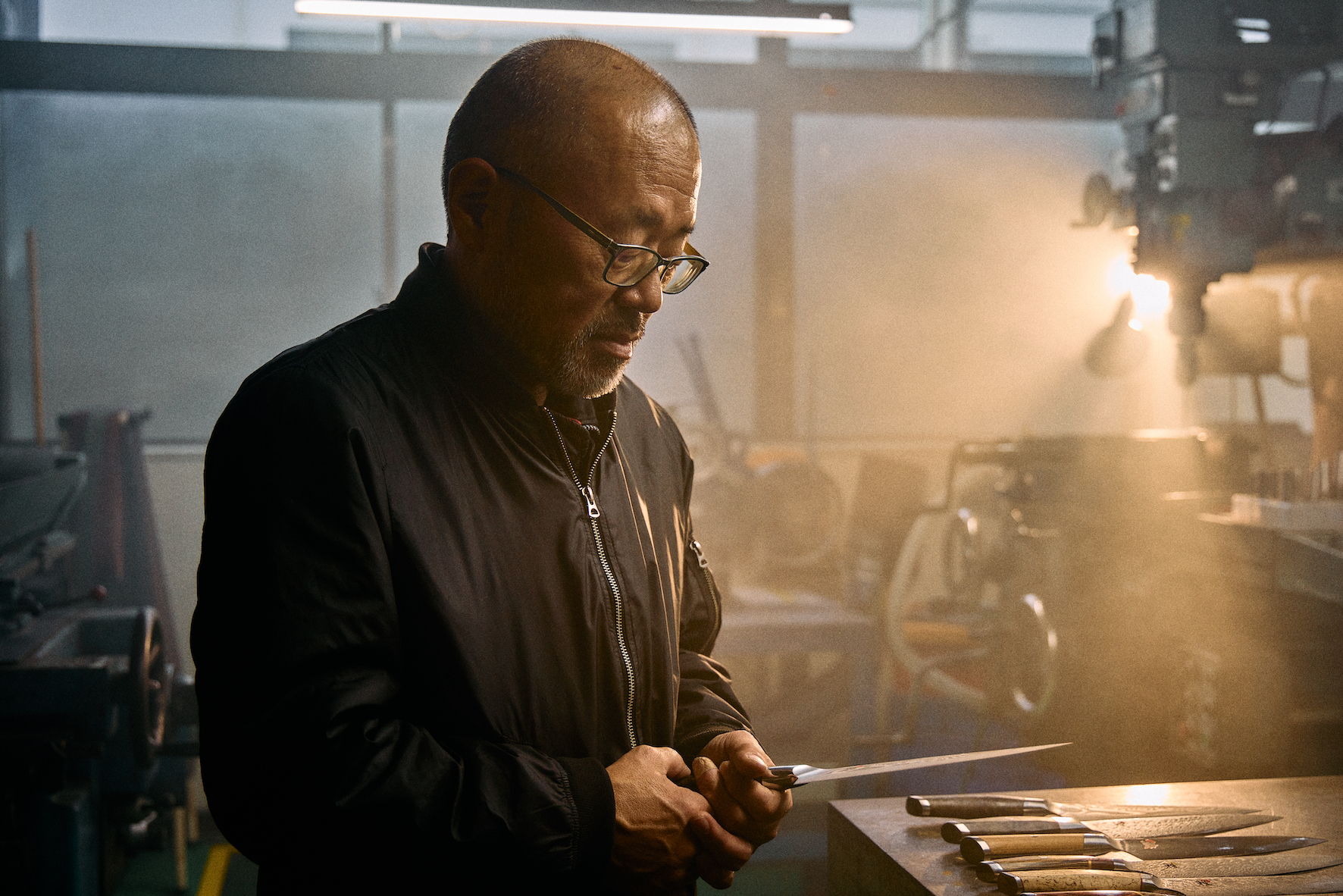
Report – Inside Miyabi: Blades Forged with Grace and Precision in Japan
On the occasion of the brand’s 20th anniversary, the Japanese cutlery manufacturer Miyabi – a subsidiary of the German group Zwilling – welcomed a French delegation to its factory in Seki, a true mecca of Japanese blades. It was an exceptional opportunity to immerse oneself in a world where craftsmanship, advanced technology, and human philosophy intertwine to give birth to extraordinary knives.

About 400 kilometers from Tokyo, nestled in the industrial region of Gifu, the city of Seki is not just any city: it is the historical capital of Japanese cutlery. For over 800 years, master blacksmiths have been forging their blades here, perpetuating artisanal know-how renowned through the “katanas.” Today, 57% of Japanese knives are still manufactured in Seki. It is here, 40 km from Gifu and not far from Nagoya, that the Miyabi factory, a subsidiary of the Zwilling group, stands. At once ultra-modern and deeply rooted in Japanese tradition, it is where cutlery excellence meets industrial precision. Specializing in high-end cutlery, Zwilling (founded in Solingen in 1731) established its Japanese subsidiary in Seki in 2004. On its 20th anniversary, the Miyabi brand embodies more than ever this marriage between heritage and modernity.
A factory at the crossroads of two worlds
From the outset, one idea stands out: this factory is much more than a production site. It embodies the harmonious fusion of Japanese artisanal elegance and German technological rigor. As Mr. Yamada sums it up: “Our goal is to make the most beautiful knife in the world. And for that, we need both universes.” This balance is reflected in the organization and in the artisans who work here.
The manufacturing process of a Miyabi knife is extremely meticulous: from heat treatment to tempering to polishing. No fewer than 100 steps are required, and nearly six months of training are necessary before an artisan can work on the most prestigious models.
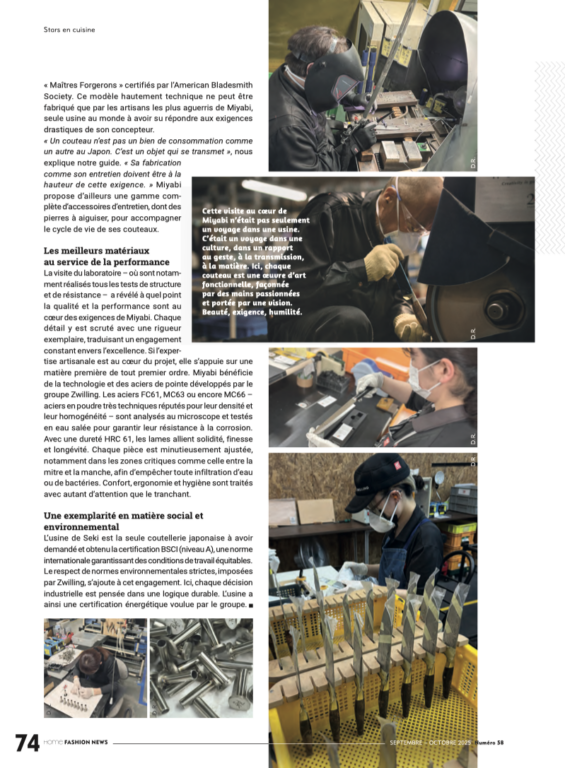
Machines, but above all people
In the world of Japanese cutlery, Miyabi stands out for one rare characteristic. The factory employs a workforce composed of 40% women, an exceptional figure in Japan. The average age is 35: young people trained for several months who, at just 18 years old, already bring fresh energy.
Here, one feels a palpable energy and enthusiasm. Young people train, get involved, and each is invited to understand the value of their task. The organization is based on the Kaizen method, developed in Toyota factories in the 1950s. This continuous improvement approach encourages every employee, man or woman, to propose ideas and take responsibility for their work environment. “Here, it is by doing that we understand how to do better,” explains Mr. Nakamura. “We see our employees grow with the company.” It is not easy to recruit in this region dominated by the automobile industry. To attract and retain talent, Miyabi has created an environment conducive to learning and personal growth.
A school of excellence
At Miyabi, nothing is left to chance. It takes six months to become an operational operator, three years to master the “Honbazuke” technique, and at least 150,000 sharpened knives to be recognized as an expert. The skill tests are numerous, and only the best artisans are authorized to work on the most prestigious models.
The title of certified Master Bladesmith is obtained after about ten years. “Good work here means, even in this factory, what we call exceptional pieces. And making exceptional pieces also means training young apprentices. It is a continuous job where the demand and the responsibility to pass on our know-how remain alive.”
The result? Production pieces crafted with remarkable precision. The best artisans focus on the finishing of the most beautiful pieces in the collection. Transmission is ensured between generations, with young people learning directly from masters. Here, artisans work with intense concentration, respecting the necessary time for each step of production. The blade then becomes the expression of centuries-old know-how and the alchemy between tradition and modernity.
The obsession with detail and quality
Every blade produced undergoes rigorous checks. All operators verify the work performed at each stage according to four main criteria: blade quality, finish, function, and ergonomics. Each cross-inspection line ensures a rare consistency in the industrial world. The factory produces about 700,000 pieces per year. Some are branded Zwilling (the German brand of the Zwilling group exclusively for Japan), while others carry the signature of Miyabi, the flagship of Japanese cutlery.
Among the flagship models are the 5000 MCD and 7000D series, with refined designs and damascus finishes. Not to mention the series created with American bladesmith Bob Kramer, one of the few “Master Bladesmiths” certified by the American Bladesmith Society. This highly technical model can only be made by Miyabi’s most seasoned artisans, the only factory in the world capable of meeting the drastic requirements of its designer. “A knife is not a consumer product like any other in Japan. It is an object that is passed on,” explains our guide. “Its making and maintenance must live up to that requirement.” Miyabi also offers a complete range of maintenance accessories, including whetstones, to accompany the life cycle of its knives.
The best materials at the service of performance
The laboratory visit—where all structural and resistance tests are carried out—revealed how much quality and performance are at the heart of Miyabi’s requirements. Every detail is scrutinized with exemplary rigor, reflecting a constant commitment to excellence. While artisanal expertise is at the core of the project, it relies on first-rate raw materials. Miyabi benefits from the technology and cutting-edge steels developed by the Zwilling group. Steels like FC61, MC63, and MC66—highly technical powdered steels renowned for their density and homogeneity—are analyzed under microscopes and tested in saltwater to ensure corrosion resistance. With a hardness of HRC 61, the blades combine strength, finesse, and longevity. Each piece is meticulously adjusted, especially in critical areas such as between the bolster and the handle, to prevent any infiltration of water or bacteria. Comfort, ergonomics, and hygiene are treated with as much attention as the sharpness of the edge.
Exemplary standards in social and environmental matters
The Seki factory is the only Japanese cutlery factory to have applied for and obtained BSCI certification (level A), an international standard guaranteeing fair working conditions. The respect of strict environmental standards, set by by Zwilling, is added to this commitment. Here, every industrial decision is made with a sustainable approach. The factory has also been awarded the energy certification required by the group.
“This visit to the heart of Miyabi was not just a journey into a factory. It was a journey into a culture, into the relationship with the gesture, with transmission, with the material. Here, every knife is a functional work of art, shaped by passionate hands and carried by a vision. Beauty, rigor, humility.”
Source: Home Fashion News Magazine – September 2025 (HFN58)
